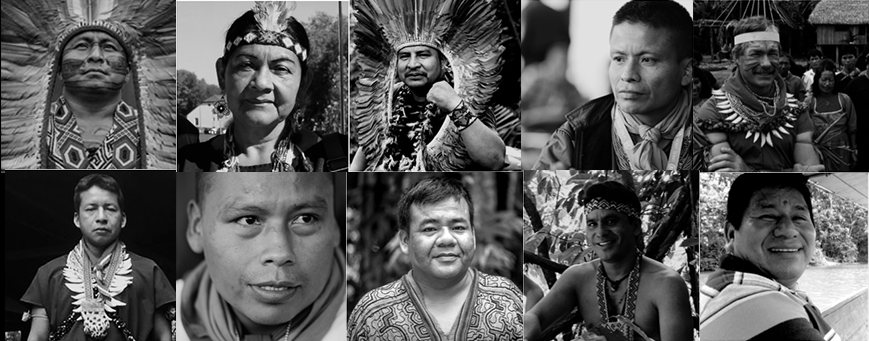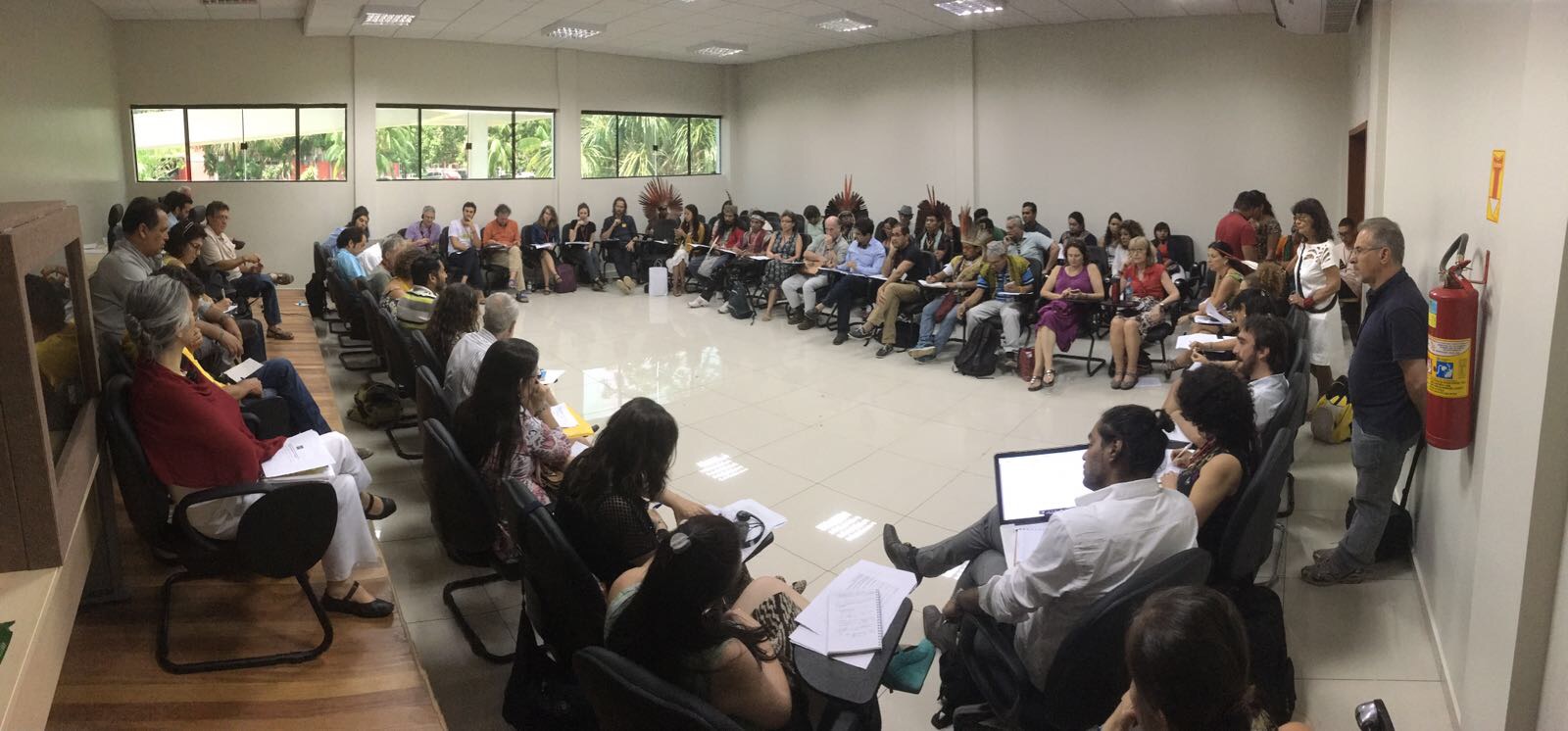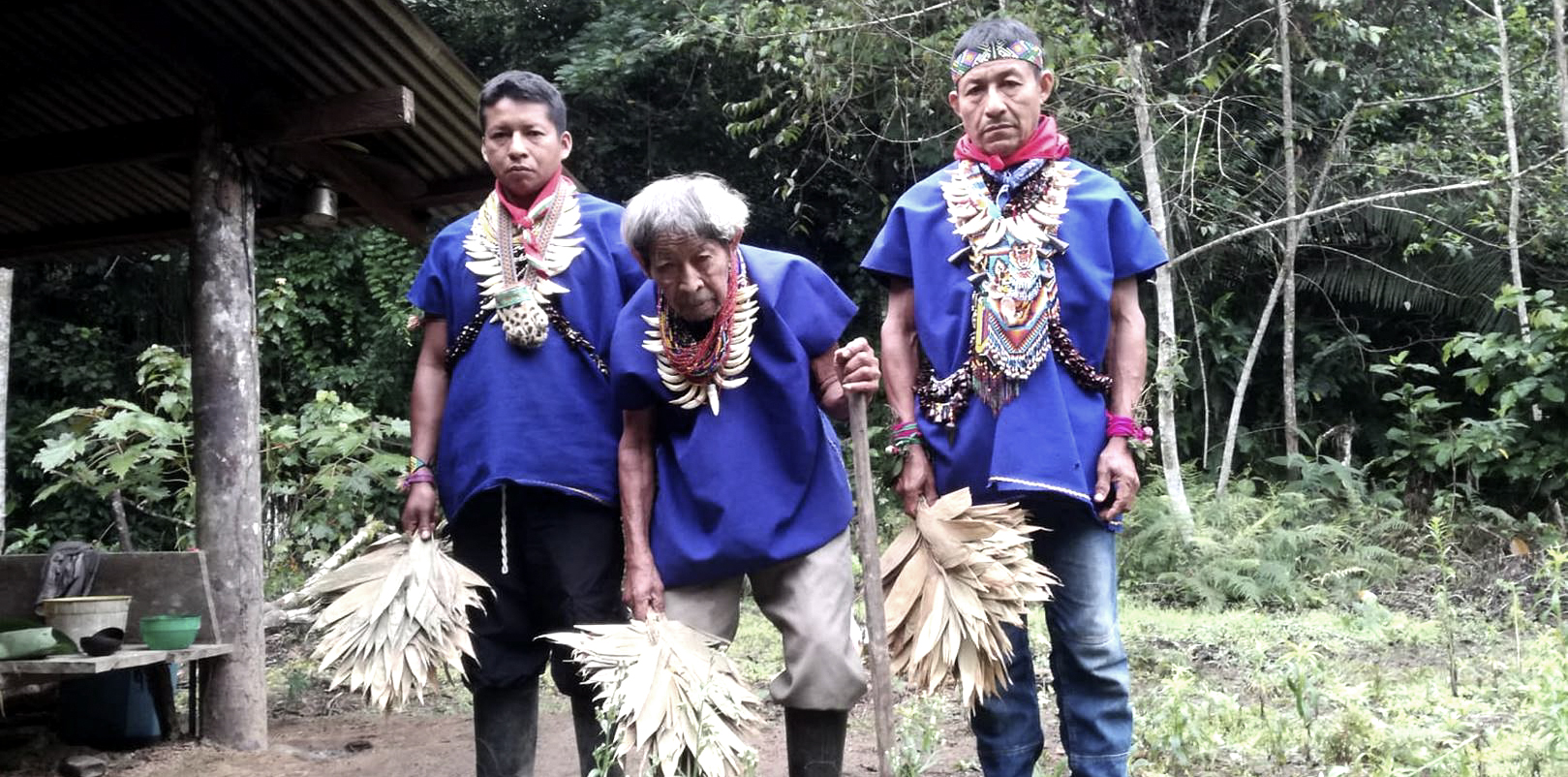Creating art is a powerful way to express the ineffable experiences that people have with ayahuasca. The Ayahuasca & Visionary Art exhibition at the World Ayahuasca Conference will connect, inspire, and provide a window into the visionary experience.
For three days at the World Ayahuasca Conference this spring, there will be back-to-back presentations and dialogues on timely issues surrounding ayahuasca. Diverse representatives, including indigenous people and researchers, will be discussing the different ways they use these plants and the lenses through which they understand them. Groups working to protect the Amazon will be joining the global ayahuasca community to brainstorm how they might form alliances for conservation. And, more than a dozen other thought leaders will be speaking on how they work with ayahuasca to encourage individual, community, and planetary healing.
While these discussions are happening, there will be an equally important component of the conference that involves no talking at all: 5000-square-feet of art. The exhibition, titled “Ayahuasca & Visionary Art: A Coming Together of Cultures,” will include four galleries with original and print works from Asia, Europe, Australia, North and South America. One gallery will be devoted to originals of Peruvian artist Pablo Amaringo, widely considered the father of contemporary ayahuasca visionary art that has influenced artists around the world.
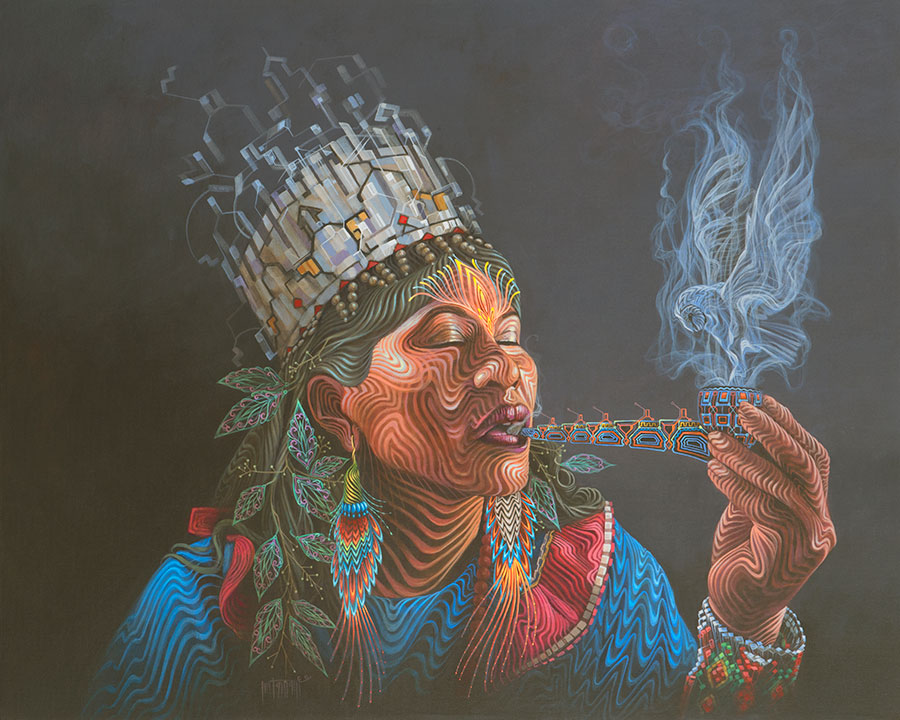
Another will be devoted to Luis Tamani, a well-known artist from the Peruvian Amazon who applies his skill as a classically-trained abstract painter to the cosmology of plants. A third gallery will feature Li Lian Kolster, a former scientist who, with the encouragement of Tamani, paints intricate and enchanting mythical scenes inspired by her deep plant medicine work among the Shipibo people in the Amazon rainforest.
Sitaramaya Sita, who with Gloria Valdez, is the organizer and curator of the exhibit, says art will surround people in this space, allowing for personal moments of discovery. Amanda Sage, a Colorado native whose paintings largely center around powerful images of women in moments of revelation and healing, will also be in the exhibit alongside Lindy Kehoe, whose world of characters take us through whimsical and reverent journeys in nature; Chilean artist Mariela de la Paz, whose vibrant paintings emanate a reverence for shamanism and indigenous knowledge; Miguel Vilca Vargas, a visionary artist from Pucallpa, Peru; and Bruce Rimell, whose abstract works merge a cubist-like aesthetic with traditional visionary art to explore motifs of cognition, entheogens, and culture. Together, each of the dozens of artists brings his or her own aesthetic to their experiences that are distinct and yet unified.
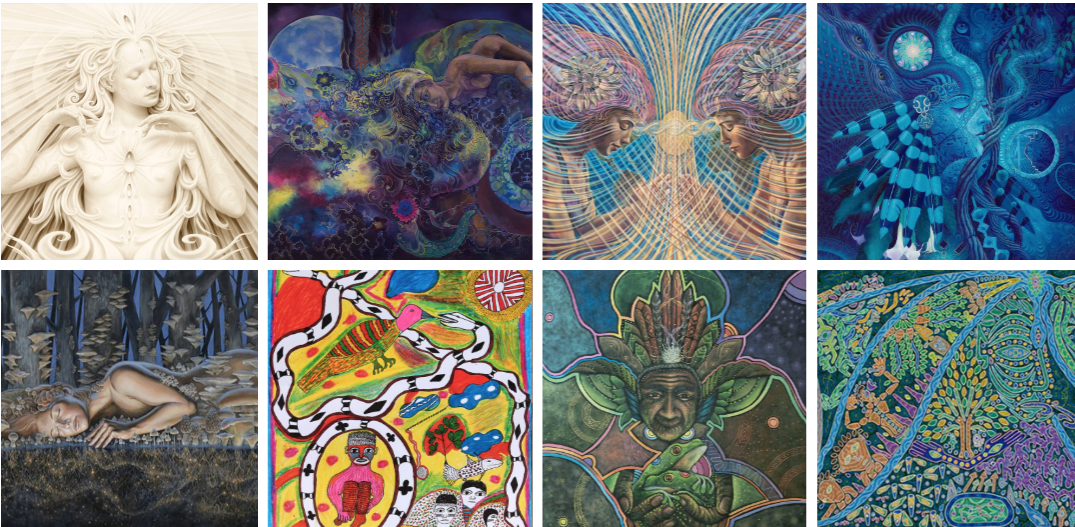
Art as a powerful connector
Sita says one important role of art, and visionary art more specifically, is that it helps people to recall and reconnect with powerful experiences with plants that so often transcend words. This art is also something, Sita said, that she thinks can bring attendees together in new ways as it confirms the shared experiences that people have when sitting with ayahuasca and other plants, regardless of who they are or where they live.
“Many people will look at a painting and be like ‘oh my gosh that was my vision last year’ so there is an identifiable cosmological landscape,” and as noted by Sita, “What does that do? It brings us together.”
Sita has been collecting and sharing the work of indigenous artists and artisans from the Amazon for almost two decades. Art, she says, whether it’s jewelry, body design, painting, sculpture, tapestry, or some other medium, is “an integral part of ayahuasca culture.” In her time traveling in the Amazon, she has yet to encounter a community who participates in ceremony and doesn’t make art inspired by it. Art is not auxiliary, she says, but rather “a visual representation of the technology that scientists are accessing through the mind.”
In addition to the works themselves, the exhibit at the conference will include artistic performances, panels on the intimate relationship between art and ayahuasca, as well live painting and a special performance of icaros by the Huni Kuin that are the songs of the paintings on display by their indigenous art collective. A central mission of the conference is bringing people who care about ayahuasca together, collapsing divides and inspiring meaningful collaborations. The curators of this exhibit have designed the art and performances – brought from around the globe – in the hope that it will serve as a catalyst for building those bridges.
Join us to explore the inner search for a better world at AYA2019! Let’s make a difference together.
Credit (top image)
Alexandra Compuesto -Ukraine – USA – Conception


